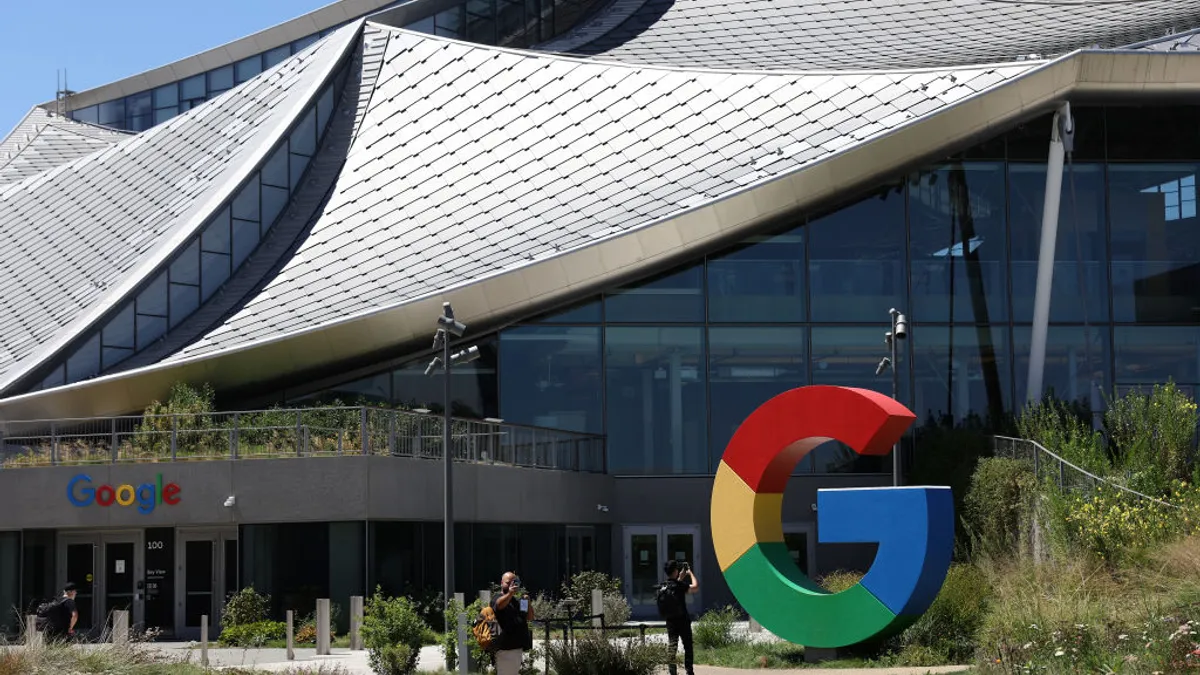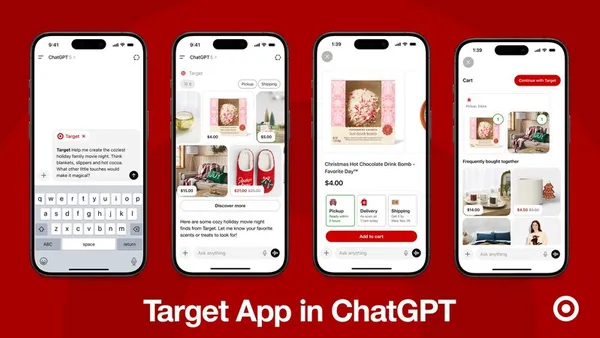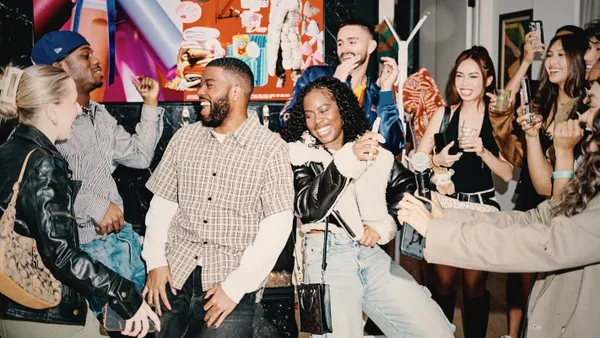Brief:
-
The Weather Company, the unit of IBM that runs The Weather Channel digital properties, teamed with Twitter to provide a live stream of next week’s solar eclipse that will be visible in only in the U.S. for the first time in the country’s history. The "Chasing Eclipse 2017" live stream will start at 12 p.m., Aug. 21, EDT, a statement said.
-
Viewers can see the coverage hosted by meteorologists Ari Sarsalari and Domenica Davis on Twitter, The Weather Channel mobile app and weather.com. Coverage will include user-created content from Twitter, live updates from eclipse viewing parties, a Red Bull Cliff Diving exhibition, real-time footage from NASA and joint weddings, among other events.
-
Meanwhile, Lucktastic, the mobile scratch-off sweepstakes company, will start running a “Total Eclipse Showdown” event from Friday until the end of the eclipse. Lucktastic players will choose “Team Sun” or “Team Moon” in the Lucktastic app and will receive free tokens for joining a team. The winning team will be announced on the Lucktastic Live show on Facebook Live. The tokens can be exchanged for prizes or used to buy entries into the company’s sweepstakes.
Insight:
The Weather Channel and Luckstatic tie-ins are the latest examples on a growing list of marketers and platforms trying to tap into eclipse fever, often leveraging digital and mobile technology for contextual and real-time engagements or to piggyback on the excitement around the eclipse to gain earned media. Krispy Kreme Doughnuts will offer chocolate glaze on its traditional doughnut for the first time to commemorate the eclipse will occur; Chiquita is encouraging consumers to check out an alternative — the Banana Sun, and Volvo will run live ads during CNN's live stream of the event.
The Great American Eclipse, as next week's event is being called by some, may mark the last time Americans collectively look upward at the sky instead of downward at their mobile phones. Eclipse tourism is pumping millions of dollars into campgrounds, restaurants, hotels and museums throughout the country. Nashville, the most populated city in the path of the total eclipse, estimates 50,000 to 75,000 visitors will stay overnight and spend $15 million to $20 million, the city’s tourist board told USA Today. Casper, a Wyoming town with about 60,000 people, estimates 35,000 people will visit during the eclipse.
For people who won’t be in the 10 states that will see the eclipse’s totality — when the moon blocks most of the sun — social media companies like Twitter will help them to participate in the myriad events that are planned for the celestial event. Perhaps the national experience of the eclipse will even inspire some sense of greater American community during a time of heightened political and social divisions — at least for the few hours that the moon’s shadow crosses the breadth of the United States.
Meanwhile, NASA is really embracing the solar eclipse as a chance to educate millions of people about astronomy. The federal agency’s Total Eclipse website has a dozen maps that show people locations of libraries, science museums, astronomy clubs, zoos, airports and national parks that have some association with the event. Many libraries are giving away solar-eclipse glasses that reduce the possibility of eye damage from staring into the sun.













